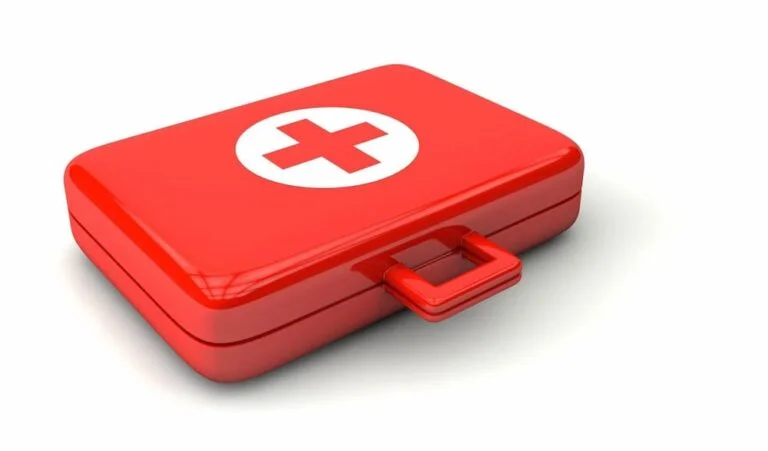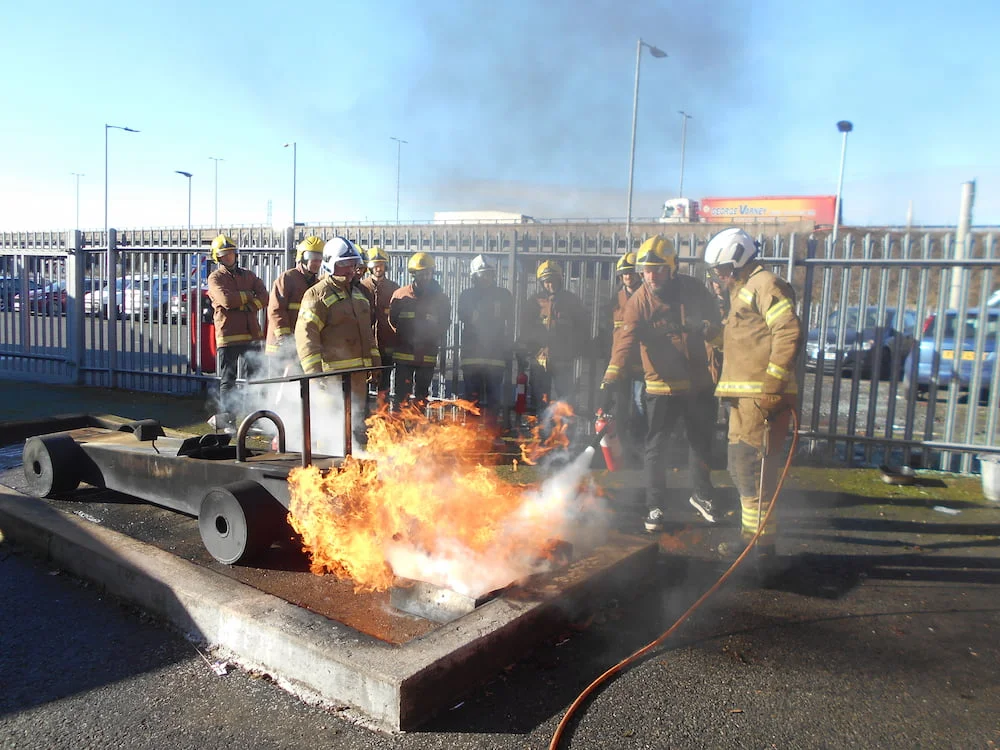Burns and scalds
If someone has a burn or scald:
- cool the burn as quickly as possible with cool, running water for at least 20 minutes or until the pain is relieved
- call 999 or seek medical help, if needed
- while cooling the burn, carefully remove any clothing or jewellery in the affected area, unless it’s attached to the skin
if you’re cooling a large burnt area, particularly for babies, children and elderly people, be aware that it may cause hypothermia (it may be necessary to stop cooling the burn to avoid hypothermia) - cover the burn loosely with cling film; if cling film isn’t available, use a clean, dry dressing or non-fluffy material. Don’t wrap the burn tightly, because swelling could lead to further injury
- don’t apply creams, lotions or sprays to the burn.
Chemical burns
Wear protective gloves, remove any affected clothing, and rinse the burn with cool, running water for at least 20 minutes to wash out the chemical. If possible, determine the cause of the injury.
In certain situations where a chemical is regularly handled, a specific chemical antidote may be available to use.
Be careful not to contaminate and injure yourself with the chemical, and wear protective clothing if necessary.
Call 999 or 112 for immediate medical help.
Read more about how to treat burns and scalds on the NHS website.

Bleeding
If someone is bleeding heavily, the main aim is to prevent further blood loss and minimise the effects of shock (see below).
First, dial 999 and ask for an ambulance as soon as possible.
If you have disposable gloves, use them to reduce the risk of any infection.
Check there’s nothing embedded in the wound. If there is, take care not to press down on the object.
Instead, press firmly on either side of the object and build up padding around it before bandaging, to avoid putting pressure on the object itself.
If nothing is embedded:
- apply and maintain pressure to the wound with your gloved hand, using a clean pad or dressing if possible; continue to apply pressure until the bleeding stops
- use a clean dressing to bandage the wound firmly
- if bleeding continues through the pad, apply pressure to the wound until the bleeding stops and then apply another pad over the top and bandage it in place. Don’t remove the original pad or dressing, but continue to check that the bleeding has stopped.
If a body part, such as a finger, has been severed, place it in a plastic bag or wrap it in cling film and make sure it goes with the casualty to the hospital.
Always seek medical help for bleeding unless it’s minor.
Learn first aid
First aid is an amazing skill to have. If you’re interested in becoming first aid-trained, we offer courses to workplaces and you can book with us.
Find out about emergency first aid at work
Find out about first aid at work.
Other organisations such as the British Red Cross and St John Ambulance also run first aid courses for work, schools and individuals.




